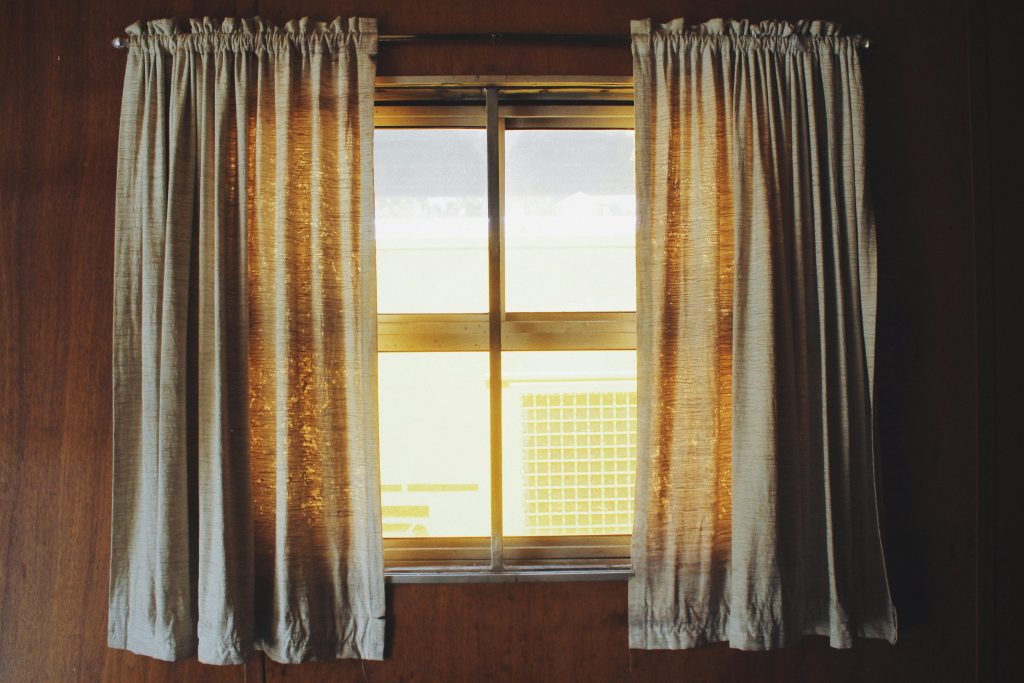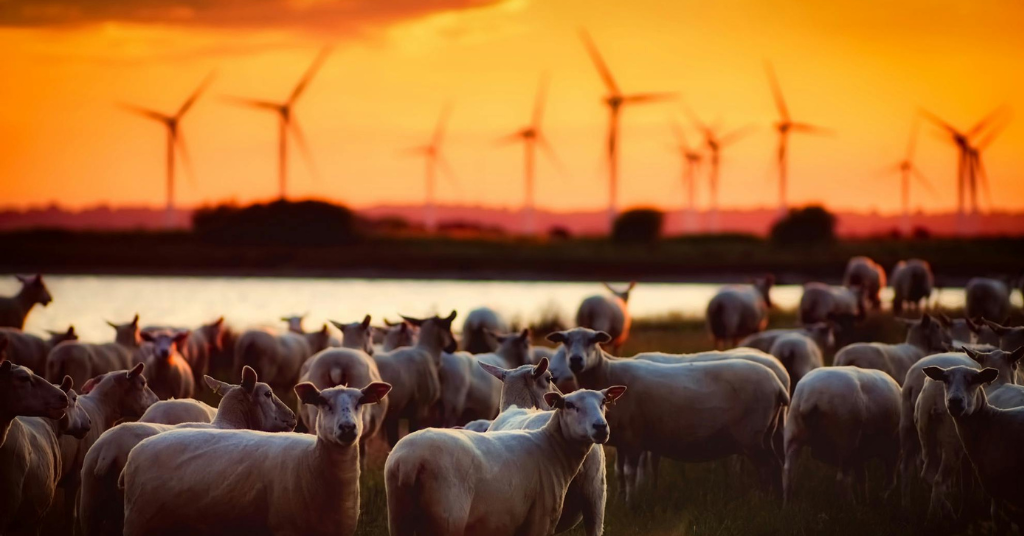With winter in full swing, rising heating bills can strain both budgets and the environment. Fortunately, small adjustments to how you heat and insulate your home can make a big difference. Here are practical, cost-effective tips to reduce energy consumption while staying warm.
1. Optimize your heating system
Efficient heating starts with your system.
- Service your boiler: Regular maintenance ensures your heating system runs efficiently, saving up to 10% on energy bills.
- Smart thermostats: Devices like Nest or Hive allow you to program heating schedules and adjust temperatures remotely.
- Tip: Lowering your thermostat by just 1°C can cut heating costs by 6-10%.
2. Improve home insulation
A well-insulated home retains heat longer, reducing energy waste.
- Seal drafts: Use weatherstripping or caulk to seal gaps around windows and doors.
- Add insulation: Upgrade loft or wall insulation to minimize heat loss. Government grants may be available to offset costs.
- Thermal curtains: Thick, insulated curtains help keep warmth in and cold out.

3. Use energy-efficient heating methods
Traditional heating methods aren’t always the most efficient.
- Zone heating: Heat only the rooms you’re using by closing doors and using portable heaters where needed.
- Radiator efficiency: Place reflective panels behind radiators to direct heat back into the room instead of the walls.
4. Upgrade to energy-efficient appliances
Heating isn’t the only contributor to winter energy bills.
- LED lighting: Replace traditional bulbs with LEDs, which use up to 75% less energy.
- Energy star appliances: Look for appliances rated for energy efficiency, especially for high-use items like washing machines and dryers.
5. Harness renewable energy
For long-term savings and sustainability, consider renewable energy options.
- Solar panels: Winter sun, combined with improved technology, makes solar panels a viable option year-round.
- Heat pumps: Air-source or ground-source heat pumps are highly efficient alternatives to traditional heating systems.
6. Simple daily habits to save energy
Small actions add up over time.
- Layer up: Wear warm clothing indoors to rely less on heating.
- Shorter showers: Reducing hot water usage can lower energy consumption.
- Unplug devices: Even when off, electronics consume power. Use smart strips to eliminate phantom energy use.
Benefits of winter energy efficiency
By adopting these measures, you can:
- Save money: Lower energy bills mean more disposable income.
- Reduce carbon footprint: Contributing to global climate goals by using less energy.
- Enhance comfort: A well-insulated, efficiently heated home feels cozier and healthier.

Conclusion
Winter doesn’t have to mean skyrocketing heating costs or excessive energy consumption. By combining energy-efficient practices with smart upgrades, you can stay warm while minimizing your environmental impact. Start implementing these tips today for a greener, more affordable winter.
Sources and references:
https://www.energy.gov/energysaver/fall-and-winter-energy-saving-tips




